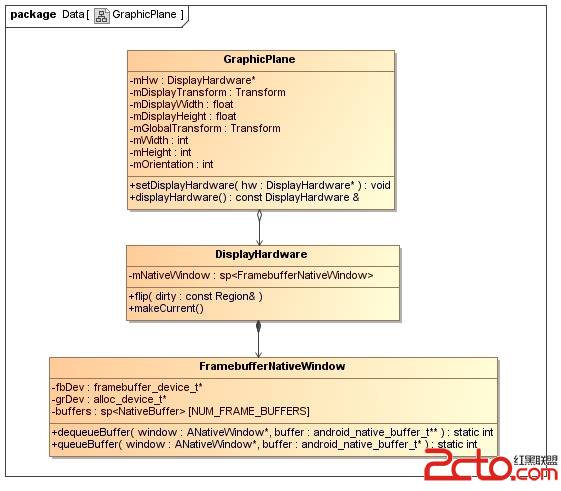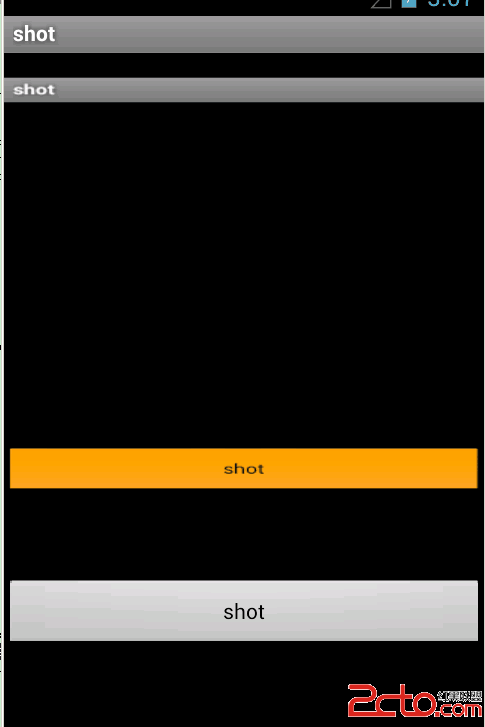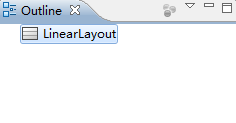Android Audio代码分析20 - queryEffects函数
今天开始看看AudioEffect相关的接口。
这个类,之前有看过。不过当时只是从类的定义出发,了解了一下基本的内容。
这次从测试代码使用的接口出发,逐步撕开AudioEffect的面纱。
*****************************************源码*************************************************
//Test case 0.0: test queryEffects() and available effects
@LargeTest
public void test0_0QueryEffects() throws Exception {
AudioEffect.Descriptor[] desc = AudioEffect.queryEffects();
assertTrue("test0_0QueryEffects: number of effects < 4: "+desc.length, (desc.length >= 4));
boolean hasEQ = false;
boolean hasBassBoost = false;
boolean hasVirtualizer = false;
boolean hasEnvReverb = false;
for (int i = 0; i < desc.length; i++) {
if (desc[i].type.equals(AudioEffect.EFFECT_TYPE_EQUALIZER)) {
hasEQ = true;
} if (desc[i].type.equals(AudioEffect.EFFECT_TYPE_BASS_BOOST)) {
hasBassBoost = true;
} else if (desc[i].type.equals(AudioEffect.EFFECT_TYPE_VIRTUALIZER)) {
hasVirtualizer = true;
}
else if (desc[i].type.equals(AudioEffect.EFFECT_TYPE_ENV_REVERB)) {
hasEnvReverb = true;
}
}
assertTrue("test0_0QueryEffects: equalizer not found", hasEQ);
assertTrue("test0_0QueryEffects: bass boost not found", hasBassBoost);
assertTrue("test0_0QueryEffects: virtualizer not found", hasVirtualizer);
assertTrue("test0_0QueryEffects: environmental reverb not found", hasEnvReverb);
}
**********************************************************************************************
源码路径:
frameworks\base\media\tests\mediaframeworktest\src\com\android\mediaframeworktest\functional\MediaAudioEffectTest.java
#######################说明################################
//Test case 0.0: test queryEffects() and available effects
@LargeTest
public void test0_0QueryEffects() throws Exception {
AudioEffect.Descriptor[] desc = AudioEffect.queryEffects();
++++++++++++++++++++++++++++Descriptor++++++++++++++++++++++++++++++++++++
/**
* The effect descriptor contains information on a particular effect implemented in the
* audio framework:<br>
* <ul>
* <li>type: UUID corresponding to the OpenSL ES inte易做图ce implemented by this effect</li>
* <li>uuid: UUID for this particular implementation</li>
* <li>connectMode: {@link #EFFECT_INSERT} or {@link #EFFECT_AUXILIARY}</li>
* <li>name: human readable effect name</li>
* <li>implementor: human readable effect implementor name</li>
* </ul>
* The method {@link #queryEffects()} returns an array of Descriptors to facilitate effects
* enumeration.
*/
public static class Descriptor {
public Descriptor() {
}
public Descriptor(String type, String uuid, String connectMode,
String name, String implementor) {
this.type = UUID.fromString(type);
this.uuid = UUID.fromString(uuid);
this.connectMode = connectMode;
this.name = name;
this.implementor = implementor;
}
/**
* Indicates the generic type of the effect (Equalizer, Bass boost ...). The UUID
* corresponds to the OpenSL ES Inte易做图ce ID for this type of effect.
*/
public UUID type;
/**
* Indicates the particular implementation of the effect in that type. Several effects
* can have the same type but this uuid is unique to a given implementation.
*/
// 上次看AudioEffect类的时候,对type和uuid的区别还不是很清楚
// 看了这儿的注释,就比较清楚了
public UUID uuid;
/**
* Indicates if the effect is of insert category {@link #EFFECT_INSERT} or auxiliary
* category {@link #EFFECT_AUXILIARY}. Insert effects (Typically an Equalizer) are applied
* to the entire audio source and usually not shared by several sources. Auxiliary effects
* (typically a reverberator) are applied to part of the signal (wet) and the effect output
*
补充:移动开发 , Android ,




